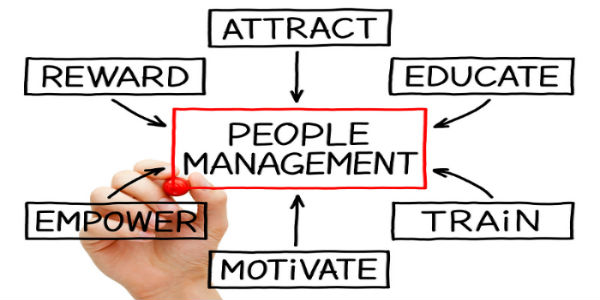Capturing the value of your greatest asset

Your top employees can be your greatest asset and are possibly your largest expense. One of the most important responsibilities of your board, CEO, head of Human Resources and senior management is assuring that the organization’s talent is assessed and developed. Extensive research confirms that companies that do the best job in evaluating, developing, and engaging their employees outperform their competition. They must address critical talent needs, identify gaps and gage how the talent pool is being developed, especially the pipeline of leaders. Furthermore, this process must be directly tied to your strategy and mission. When you maximize the power of your people, when their effectiveness is optimally developed, you set your organization on the path for success.
Your head of Human Resources is charged to provide for the assessment, management and development of your people. Leading-edge companies are increasingly using analytics and data for assessment. Sophisticated analysis can create a competitive advantage when used to determine your organization’s drivers of effective leadership, productivity and employee engagement. There are many tools available that put analytics within reach of organizations of all sizes as advances in technology and increasing use of mobile apps by growing numbers of employees bends the cost curve.
Central to talent development is assessment. Diverse perspectives on an individual’s development over multiple years provide valuable insight. A variety of methods are used including 360-degree assessments and self-reports of experiences and perceptions, in addition to a person’s historical record of achievement. These types of developmental assessments are used to determine areas where growth is needed, not for traditional performance evaluation. The information can also indicate who should be part of the leader development group.
Today’s complex world creates endless opportunities for the growth of your organization’s people. Once growth needs are identified, development can be supported in a variety of ways. Internal or external coaches can help the participant integrate feedback and form a development plan. Internal and external courses tailored to the participant’s development needs can be employed, both in group settings and on-line. Stretch assignments develop leaders. They include challenging experiences that are new, unfamiliar and provide increased responsibilities. These experiences push people beyond their “comfort zone” and expose areas for growth. They can involve creating and facilitating change, working across boundaries (whether explicitly part of the job or not) and managing a diverse employee group. Regular feedback and opportunities for self-reflection and external support must be built into this progression.
Growth opportunities by their nature are difficult and can be stressful. Organizational culture should support growth and hurdles that inhibit development must be removed. For example, in a supportive culture, errors and mistakes are viewed as feedback, and success and failure are considered part of the learning process for development. Senior managers are key to creating a climate of support. They should assume visible roles, perhaps as mentors, seminar leaders and feedback providers in addition to their accountability for identifying and developing the talent in the workforce. When your board and senior management develop the power of your people, you are set to capture the value of your greatest asset.





